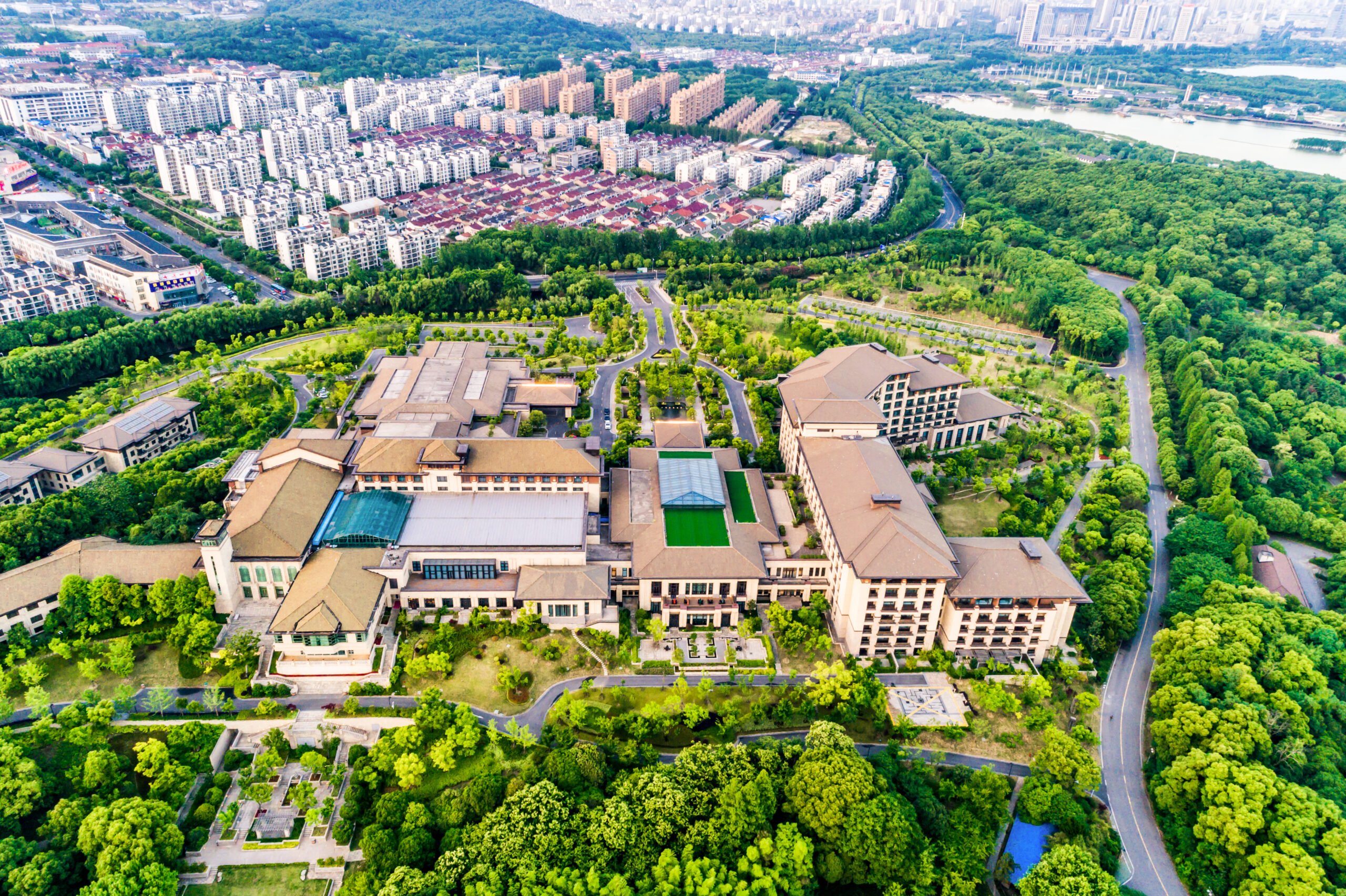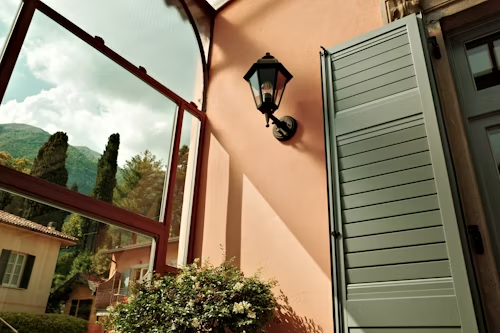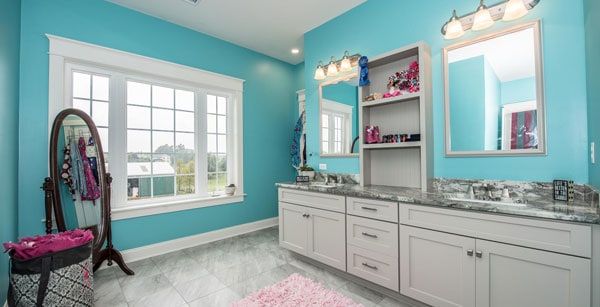Are you dreaming of bustling city life, a peaceful suburban haven, or a close-knit rural community? This article from The Home and Town offers a basic overview of the pros and cons of living in urban, suburban, and rural areas. It highlights critical differences in factors like the pace of life, housing options, and access to amenities.
Definitions of Urban, Suburban, and Rural
Urban:
An urban area is a human settlement with a high population density and a built environment. The term “urban” refers to anything related to a city or town and describes characteristics, activities, or features associated with urban areas. Densely populated neighbourhoods, city life, and urban planning all fall under this category.
Just think of Times Square in New York—towering buildings packed with people, apartments stacked on each other, and tons of energy. Public transportation like subways and buses takes you everywhere, and there’s always something happening—concerts, museums, and restaurants galore. It’s fast-paced, diverse, and exciting but can also be crowded and expensive.
Suburban:
Suburban areas typically have fewer residential neighbourhoods, shopping malls, and other amenities. Suburbs often offer a mix of housing types, including single-family homes, townhouses, and apartment complexes, and they provide residents with amenities such as parks, schools, and community facilities.
Picture a quieter environment, like a community outside a major city. Think single-family homes with yards, maybe a mix of townhouses. It’s great for families—many parks, good schools, and a sense of community. You’ll need a car to get around, and there are shopping centres and restaurants, but not as many options as downtown. It’s a good balance between city life and a more relaxed vibe. Many suburban areas resemble the smaller counties in New Jersey, where neighborhoods provide a mix of urban accessibility and rural tranquility.
Rural:
Rural areas are regions characterized by a low population density and a focus on agriculture, natural resources, or small-scale industries. These areas are typically located outside towns and cities and are known for their open spaces, farmland, forests, and small communities.
Imagine living in a vast, open space, like a countryside scene. It’s peaceful and quiet, with nature all around you. You’ll probably need a car for everything, and there aren’t many stores or big events. But this is the place for you if you love the outdoors and a slower pace.
Differences Between Urban, Suburban, and Rural Areas
Urban, suburban, and rural areas each offer distinct living environments that reflect varying lifestyles, amenities, and community dynamics.
Urban areas are full of life and energy. They have tall skyscrapers, busy streets, and a lot of different cultures living together. People who live in these areas have easy access to many services and entertainment options, such as trendy restaurants and world-class theatres. Public transportation networks connecting urban areas make it simpler to move around and interact with others.
Yet, amidst the urban hustle, residents navigate the challenges of noise, congestion, and heightened living costs. Despite these drawbacks, the urban landscape fosters a dynamic and cosmopolitan atmosphere, attracting individuals drawn to the vibrancy of city life.
Urban versus suburban gives a clear and distinct picture because suburban regions provide a middle ground between urban vigour and rural tranquillity. Suburban streets with single-family homes, green spaces, and community parks are quieter. Families often choose suburban living for its spacious properties, good schools, and safer neighbourhoods.

While residents may commute to nearby cities for work or leisure, suburbs cultivate a more relaxed pace of life, offering a respite from the urban frenzy. However, suburbanites grapple with issues such as traffic congestion and reliance on automobiles, as public transportation options may be limited.
People think of rural life when they see big stretches of farmland, rolling hills, and close-knit communities. The natural cycles and farming seasons determine the slower pace of life in these sparsely populated areas. People love the close relationships they have built in their communities, where neighbours are often willing to help each other when needed.
However, rural living entails trade-offs, including limited access to amenities and services. Healthcare facilities and educational institutions may be scarce, requiring residents to travel considerable distances for necessities.
The Brookings Institution estimates that suburbs are growing more rapidly than both rural and urban areas in the US. This trend is likely due to factors like affordability and family-friendly environments.
Suburban versus Urban versus Rural Life
| Feature | Urban | Suburban | Rural |
| Population Density | High | Medium | Low |
| Housing | High-rise apartments, condos, townhouses, and single-family homes | Mostly single-family homes, some townhouses | Detached single-family homes, farms |
| Land Use | Densely developed, with limited open space | A mix of residential and commercial areas, with some open space | Large areas of undeveloped land, farmland, and forests |
| Transportation | Extensive public transportation systems (bus, subway, train) | Reliance on cars for most transportation; limited public transportation options | Limited public transportation and strong dependence on personal vehicles |
| Amenities | A wide variety of shops, restaurants, entertainment venues, and cultural institutions | A limited selection of shops and restaurants, some recreation facilities | There are few shops and restaurants, limited entertainment options |
| Cost of Living | Generally higher | Moderate | Generally lower |
| Education | A diverse range of public and private schools | Public schools, some private options | Public schools, limited private school options |
| Job Market | A diverse range of job opportunities in various industries | Job opportunities are concentrated in specific sectors, and some commuting is required | Limited job opportunities may require commuting to urban areas |
Examples of Urban, Suburban, and Rural Communities
Here are some examples across the United States:
Urban:
- New York City, NY: is a megacity with an incredibly high population density, extensive public transportation, and diverse cultural offerings.
- Los Angeles, CA: is a sprawling metropolis known for its entertainment industry, car culture, and diverse ethnic neighbourhoods.
- Chicago, IL: is a central transportation hub with a mix of historic architecture, a vibrant cultural scene, and a strong sense of community in different neighbourhoods.
Suburban:
- Fairfax County, VA, is a wealthy and well-educated suburb outside of Washington, D.C., with many housing options and family-friendly amenities.
- Overland Park, KS, is a growing suburb of Kansas City, focusing on parks, schools, and a strong sense of community.
Rural:
- Western Nebraska is sparsely populated with a robust agricultural economy and communities.
- Appalachian Mountains: Rural communities in this region often have a strong sense of place, traditional culture, and reliance on local industries.
Definition of Rural-Urban Migration
Rural-urban migration refers to the movement of people from rural areas to urban areas in search of better economic opportunities, improved living standards, and access to services and amenities.
Rural-to-urban migration can have significant implications for sending and receiving areas. In rural areas, outmigration may lead to demographic shifts, labour shortages, and the depletion of human capital, impacting local economies and communities.
Meanwhile, in urban areas, population growth due to migration can strain infrastructure, housing markets, and public services, leading to challenges such as congestion, housing affordability issues, and environmental degradation.













3 responses to “Urban vs Suburban vs Rural Communities”
[…] Also Read This Blog: Life in Urban vs Suburban vs Rural Communities […]
[…] the wrong one can leave you drained and overwhelmed. This article explores the pros and cons of urban, suburban, and rural living for introverts, helping you determine the best fit for your […]
[…] Urban and suburban lots: Suitable for those who want to be close to city amenities […]